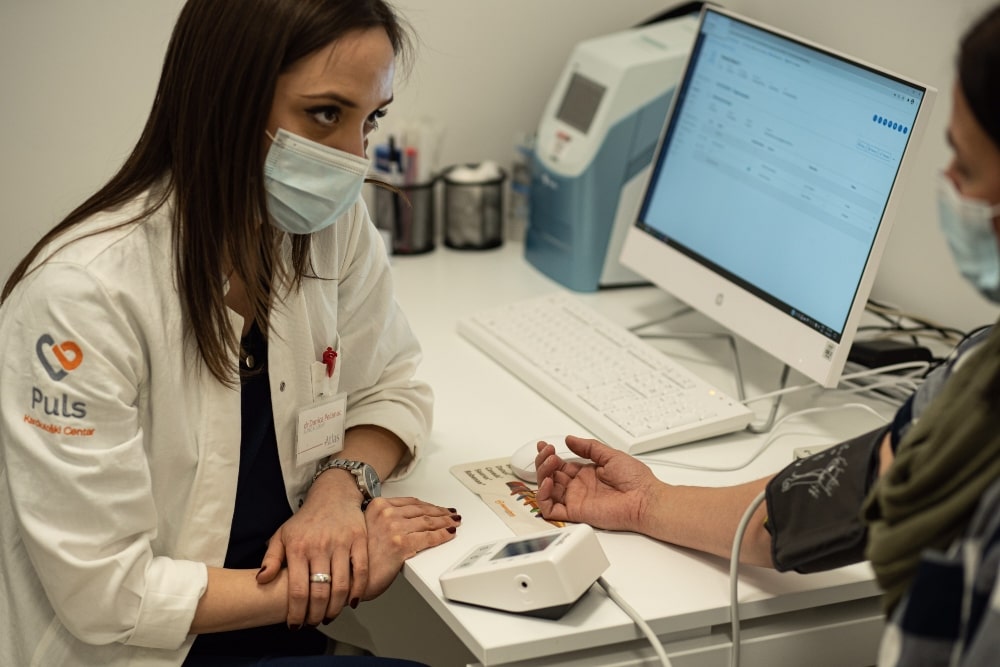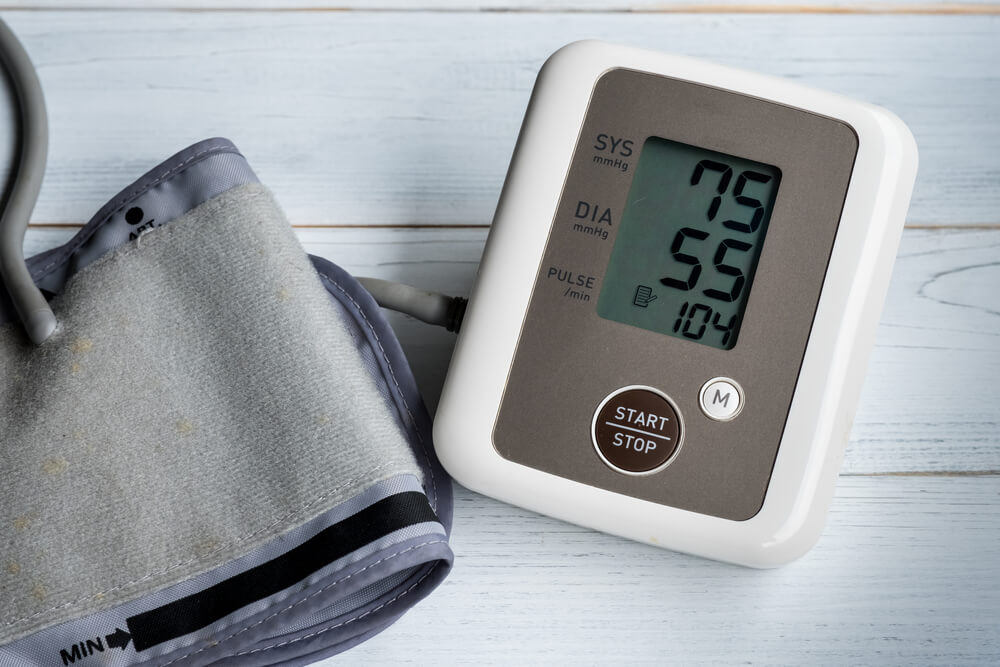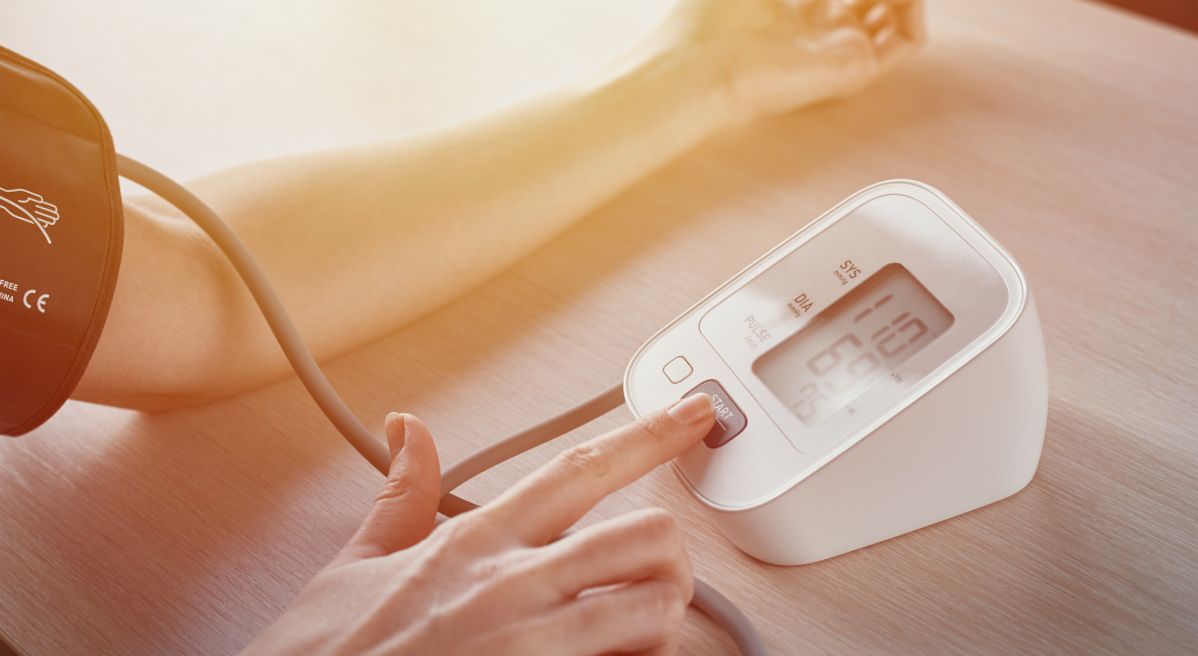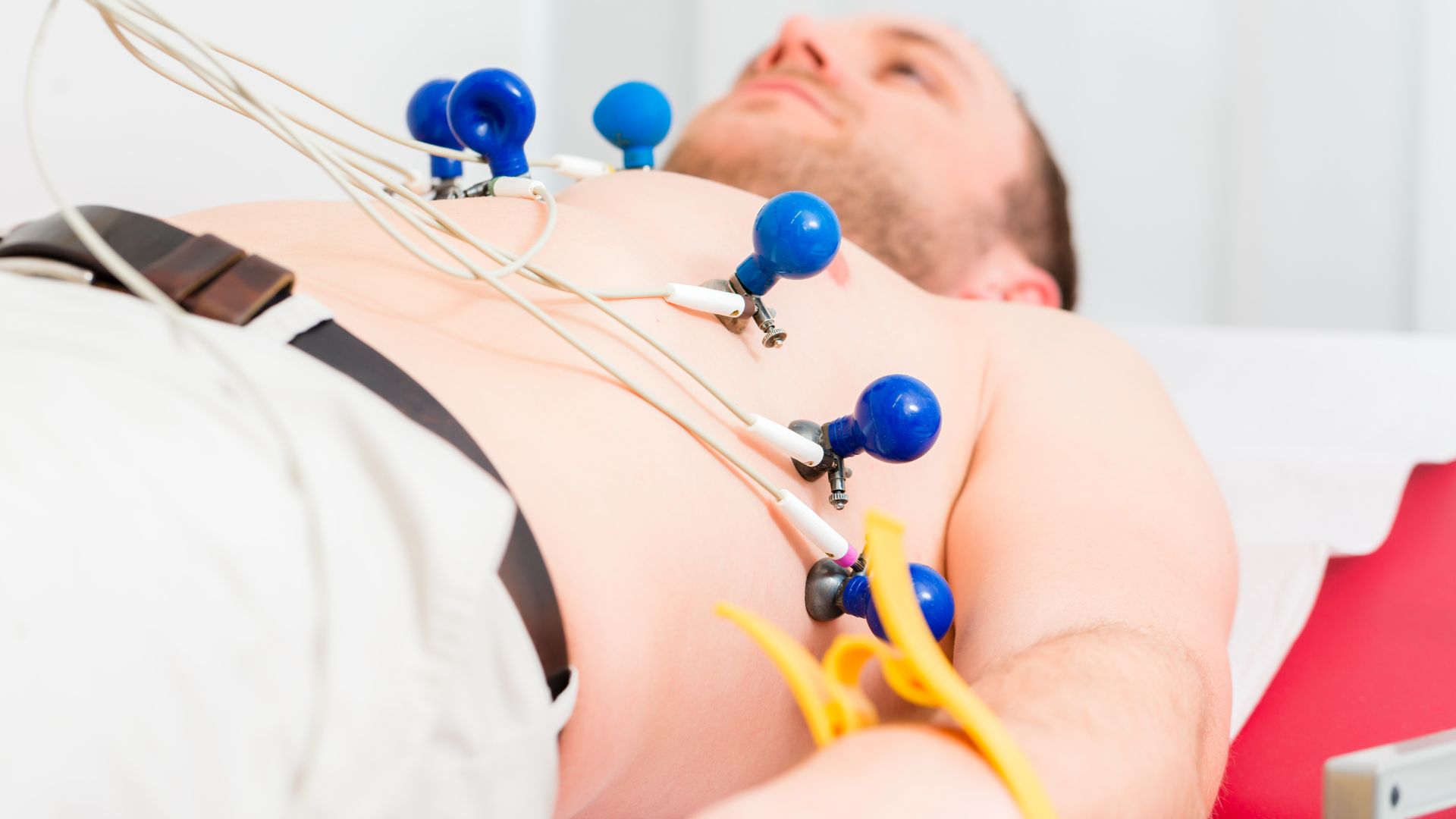It is well known that high blood pressure requires seeking professional help and that self-treatment is not advisable and can be dangerous. High blood pressure is one of the main risk factors for heart attack and stroke, and it needs to be taken seriously and monitored closely.
On the other hand, in most cases, low blood pressure is not dangerous, especially if you don’t have any other symptoms and feel good. However, sometimes it can be a sign that something is happening in the patient’s body and that there may be a problem. In such a case, a visit to a cardiologist should be an option.
If you have decided to seek a cardiologist in Belgrade, you should know that the best specialists in cardiology in the country work at the Cardiology Center Puls. Here, the best experts and the best organized and equipped space where you can do all the analyzes related to heart problems are waiting for you in one place.
What is low blood pressure?

Low blood pressure, or hypotension, is defined as a systolic pressure less than 100 mmHg and a diastolic pressure less than 60 mmHg. Systolic pressure refers to the pressure exerted by the blood on the walls of the blood vessels when the heart pumps blood, while diastolic pressure refers to the pressure when the arteries are relaxed and the heart is filling with blood.
These values are not uncommon, especially in younger females. Often people are not aware that their blood pressure is low because they have no symptoms, and such low blood pressure is not dangerous. On the other hand, when other symptoms occur with low values, it is advisable to seek medical attention to determine the exact cause of the condition. Even then, with symptoms, it does not necessarily mean that you are at risk, but a precise diagnosis should still be made by a medical professional. This is especially recommended for older patients.
There are three stages of low blood pressure:
- 100/70 mmHg
- 90/60 mmHg
- 70/60 mmHg
The first stage is very common and usually does not cause symptoms, while the second and third stages can lead to consequences.
There are four types of low blood pressure or hypotension:
- Primary – in this type of hypotension, it is impossible to determine the exact cause, it is not dangerous and can be partly explained by lifestyle, genetic predispositions, and place of residence. The pressure is permanently lowered. This condition is also called idiopathic or constitutional hypotension.
- Secondary – it arises due to other diseases such as thyroid problems, neuropathy, heart disease, diabetes, Parkinson’s disease, infections, bleeding, depression, etc. In addition, certain medications can also lower blood pressure.
In this case, it is necessary to treat the underlying cause in order to eliminate this problem that arises as a consequence of the primary condition.
- Ortostatic – it happens to some people when they suddenly change position, i.e. when they go from lying down to sitting or when they get up from a chair.
In that situation, a certain amount of blood goes to the legs, while the right side of the heart and the brain receive a reduced amount of blood, so the peripheral nervous system reacts to it. When the difference in pressure is not significant, i.e. when the upper drops by 5 to 10 mmHg and the lower by 3 to 5 mmHg, nothing usually happens. When the drop is greater, weakness, fainting, trembling, sweating, cramps, blurred vision, and even brief loss of consciousness can be felt.
This is particularly unpleasant for older people, especially those who generally have balance problems.
- Postprandial – it happens after a meal and is common in older people
Symptoms of low blood pressure
Very often low blood pressure comes without symptoms, especially since some people have it as their usual condition. If it does occur with symptoms, they are usually some of the following:
- fatigue
- nausea
- cold hands
- paleness
- blurred vision
- sweating
- fainting
- poor concentration
- brief loss of consciousness
How to raise low blood pressure?
The ways to deal with low blood pressure will depend on your overall condition. Low blood pressure that does not cause discomfort and does not hinder your daily functioning does not need to be treated, so you do not have to try to raise it. If the symptoms are mild, there may be no need to do anything differently in your life other than to be a little more careful about consuming a little more salt or occasionally drinking coffee, as caffeine can affect blood pressure.
When you know that your blood pressure drops in cases of sudden getting up from bed or chair, be careful to do it slowly to avoid discomfort. Sometimes doctors advise introducing physical activity to combat low blood pressure. If hypotension is secondary, that is, if it occurs as a result of some disease, the priority will be its treatment. It is possible to use medication or combinations of medications to maintain blood pressure within normal ranges.
Is low blood pressure dangerous?
We cannot give a simple yes or no answer to this question. We can bring you some good news and say that in most cases, low blood pressure is not a dangerous condition. A vast number of healthy people simply have lower values and function without problems, experiencing no symptoms.
People who are being treated for hypertension or high blood pressure should definitely monitor their blood pressure values. If they notice values that are lower than normal, this should be a signal to consult a doctor. Low blood pressure in patients undergoing high blood pressure treatment may indicate the need to adjust the therapy or take other steps. They should consult their doctor about what to do and how to proceed in such situations. This often happens in the summer when blood vessels expand, and patients sweat and do not drink enough fluids, but one of the reasons may also be improper or inappropriate medication intake.
A dangerous drop in blood pressure occurs when a patient’s heart disease becomes complicated, leading to a stroke, heart attack, bleeding, or burns. In such cases, the priority is to call an ambulance as soon as possible.

How does a cardiology exam look like?
A cardiology exam involves taking a medical history, measuring blood pressure, and sometimes other diagnostic methods. It is important to determine whether the blood pressure is primary or secondary.
In addition to measuring blood pressure in different body positions, a complete blood count, glucose, and kidney function tests should be performed. In addition, 24-hour blood pressure monitoring is also one of the important and reliable analyses that should not be skipped. All of this is available to you in one place – at the Cardiology Center Pulse.
Thanks to the organization focused on quickly providing all necessary analyses and their results, it is possible to complete everything within one day. From the moment you come to us to the diagnosis, it takes two hours, even when we perform multiple analyses or those that take longer.
Our team of cardiologists is always available to you, no matter what issues you have, but also in cases where you would like to undergo preventive check-ups. We are here to educate and treat you. We are the best ally in the fight for the health of your heart.





